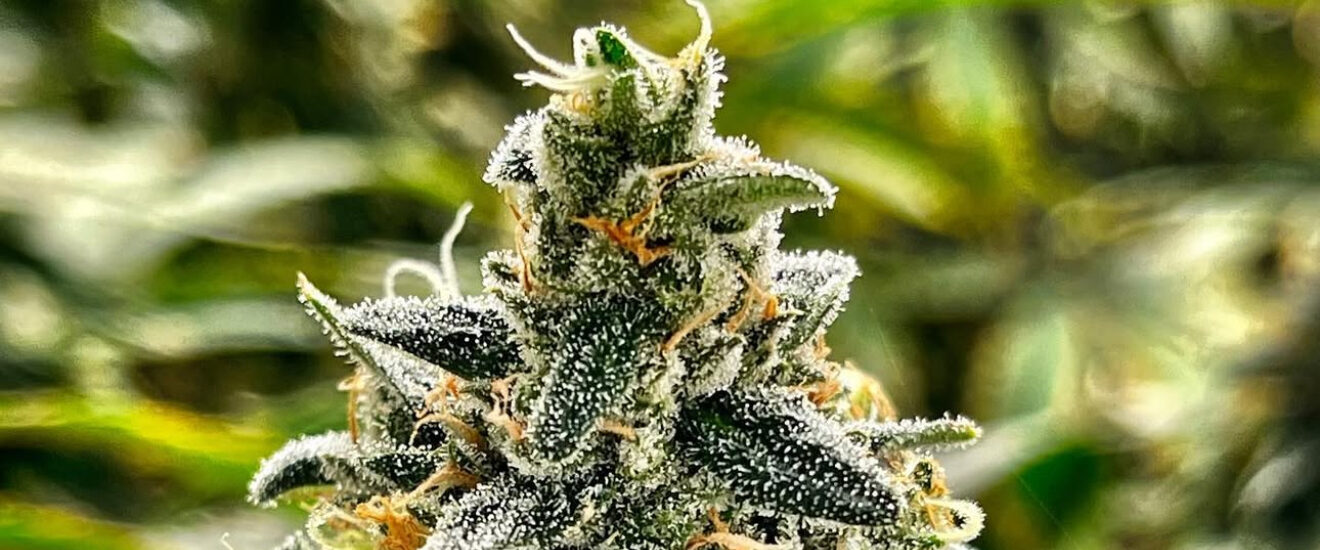by Amy Lee
When utilizing cannabis medicinally with either industrial hemp products or other cannabis-related products, it is important to understand that each delivery method provides a different bioavailability percentage within the body. The bioavailability percentage plays an important role for all cannabis patients whether they medicate leisurely, are seeking a personal wellness protocol as a new cannabis patient, or assisting the more experienced and focused patient.
Before diving into the importance of bioavailability, it is vital to know the delivery methods at which cannabis may be provided. Starting with the most common method of delivery, smoking includes cannabis flowers, vape cartridges, and concentrates, followed by edibles, sublingual delivery (suckers; hard candy included), intravenous delivery, suppositories, and topical application. Each cannabis delivery method provides a cannabinoid-rich medicine yet the cannabinoid bioavailability differs between each delivery method and product.
What is bioavailability and why should it matter to you? Bioavailability is the rate in which a substance (such as hemp or cannabis) is absorbed into the body and made available to the endocannabinoid system. Medicating with a cannabis product initiates homeostasis, homeostasis is the body’s process for establishing balance through endocannabinoid support while also assisting all other major regulatory systems.
Each delivery method provides an individual bioavailability percentage rate at which the body will absorb cannabinoids and begin the benefits of homeostasis within the endocannabinoid and subsequent bodily regulatory systems. This may result in the patient experiencing various levels of “potency” per delivery method, however, it is the combination of bioavailability of the product paired with the total cannabinoid testing levels. Exploring bioavailability allows the patient to expand their cannabis knowledge and encourages the patient to explore new delivery methods.
In my opinion cannabinoid bioavailability is one of the most important factors when seeking to medicate with cannabis. Bioavailability can be measured on a scale from lowest bioavailability with topicals measuring between 5-10%, edibles measure between 4-20%, flower approximately 30% bioavailability, sublingual measures between 40-50% with cannabis vaporizors measuring up to 80% and the highest bioavailability at 100% is intravenous application. A high cannabis bioavailability usually equates to less cannabis product the patient may require to medicate with due to the bodys ability to absorb more of the total cannabinoids. It is not necessarily a higher dosage of cannabinoids or THC percentage that equates to a better medicated experience but how well they are absorbed into the body. A higher bioavailability is the sign of a higher quality product resulting in better absorption within the body. Products that deliver a high level of bioavailability often contain fewer total ingredients therefore are able to absoprb easier within the body.
To learn more about how you can improve your wellness with a personal cannabis reccomendation, I offer free health consultations through www.thebohohealthcoach.com


